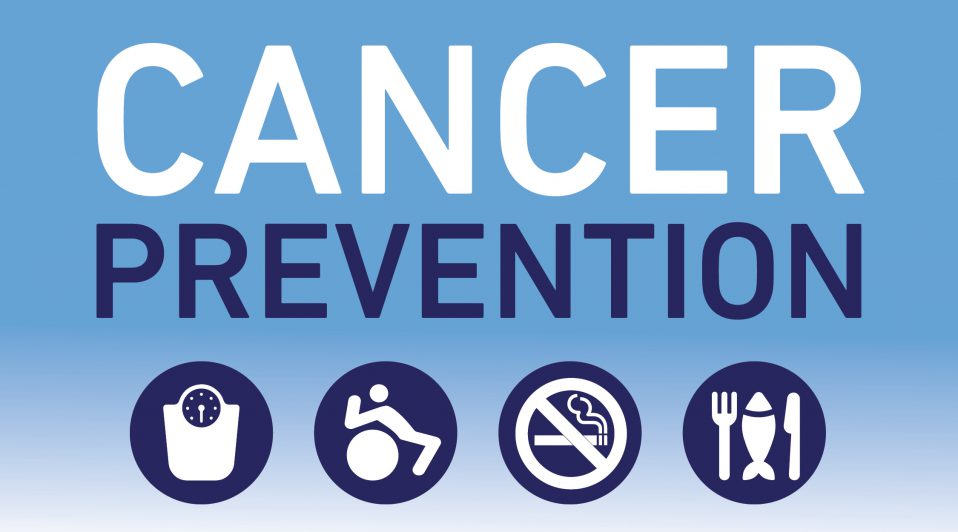In the United States, it is estimated that more than 1.7 million people will be diagnosed with cancer, and more than 600,000 will die of the disease in 2018. The financial costs associated with cancer risk factors and cancer care are enormous. To substantially reduce both the number of individuals diagnosed with and dying from cancer and the costs associated with cancer each year in the United States, government and industry and the public health, medical, and scientific communities must work together to develop, invest in, and implement comprehensive cancer control goals and strategies at the national level and expand ongoing initiatives at the state and local levels. This report is the second in a series of articles in this journal that, together, describe trends in cancer rates and the scientific evidence on cancer prevention, early detection, treatment, and survivorship to inform the identification of priorities for a comprehensive cancer control plan. Herein, we focus on existing evidence about established, modifiable risk factors for cancer, including prevalence estimates and the cancer burden due to each risk factor in the United States, and established primary prevention recommendations and interventions to reduce exposure to each risk factor.
To read the full article, please click here.

